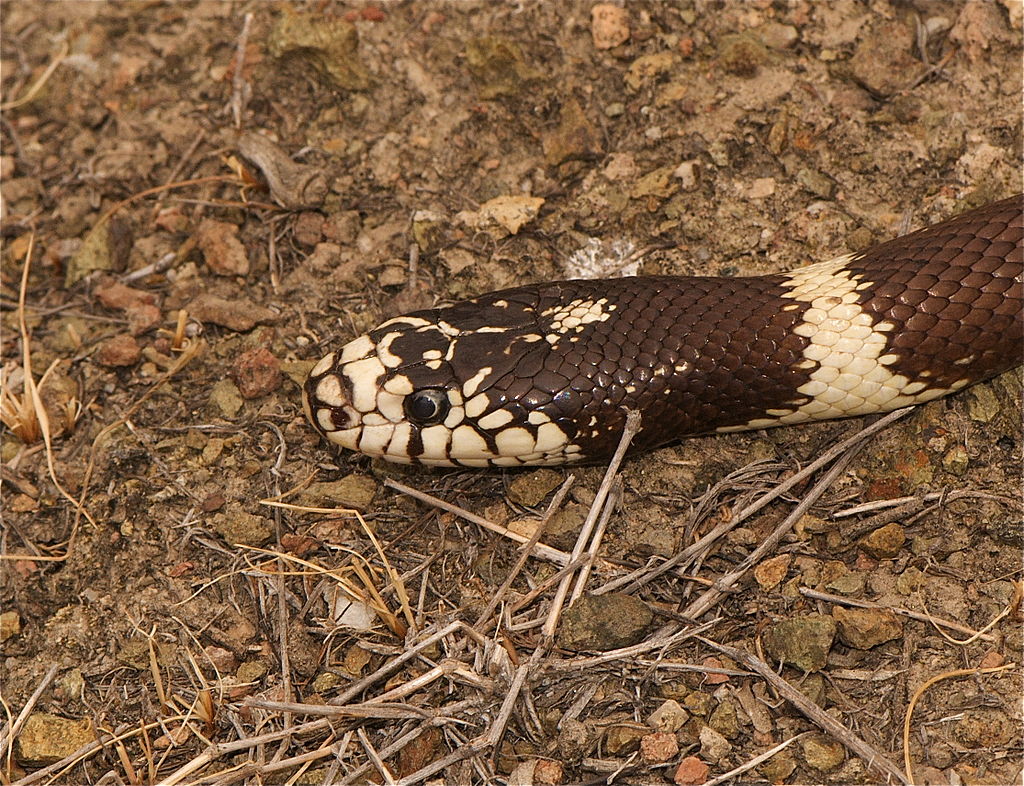Snakes, fascinating reptiles that inhabit diverse ecosystems across the globe, face numerous challenges in their natural environments. Among these challenges, parasitic infections represent a significant threat to their health and survival. Interestingly, not all snake species share equal vulnerability to parasites; some demonstrate remarkable resilience while others seem particularly susceptible. This disparity in parasite susceptibility among different snake species stems from complex interactions between evolutionary history, ecological factors, physiological traits, and behavioral patterns. Understanding these differences not only provides valuable insights into snake biology but also carries important implications for conservation efforts, captive breeding programs, and veterinary medicine. This article explores the multifaceted reasons why certain snake species prove more vulnerable to parasitic infections than others, examining the intricate web of factors that influence this susceptibility.
Evolutionary History and Parasitic Relationships
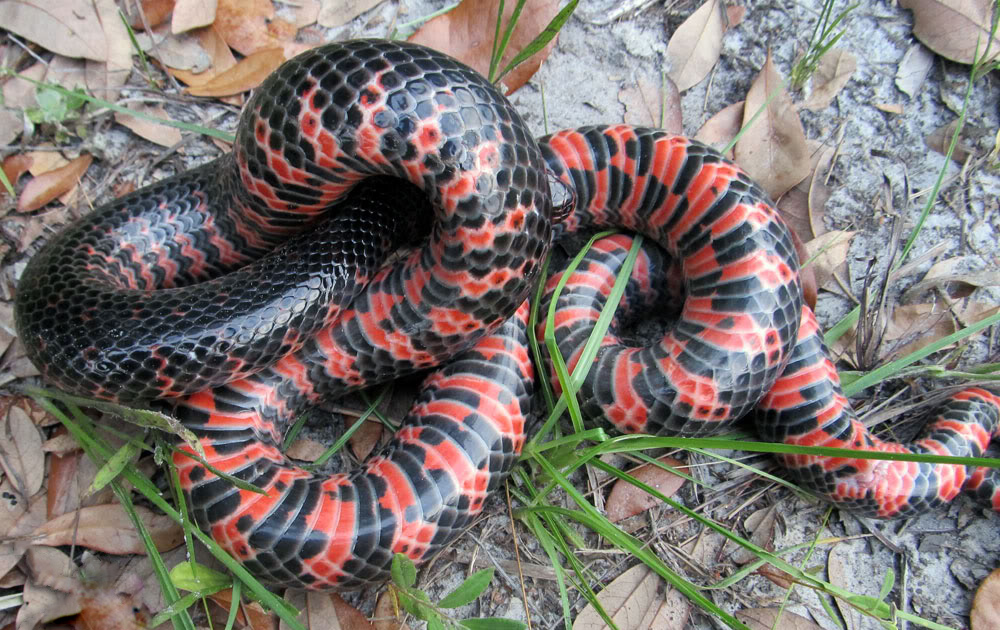
The evolutionary history of snakes plays a crucial role in determining their susceptibility to various parasites. Over millions of years, snakes and their parasites have engaged in evolutionary arms races, with parasites constantly adapting to overcome host defenses while snakes evolve mechanisms to resist infection. Species with longer evolutionary relationships with specific parasites may have developed more effective immune responses against those particular threats. For example, colubrid snakes native to regions with high prevalence of certain blood parasites often show greater resistance compared to related species from regions where those parasites are historically absent. This evolutionary history creates a patchwork of susceptibility across snake families, with some lineages inheriting robust defenses against certain parasites while remaining vulnerable to others that they’ve encountered less frequently through their evolutionary journey.
Habitat Specialization and Exposure Risk

A snake’s preferred habitat significantly influences its exposure to parasites and consequently affects its susceptibility. Species occupying moist environments like swamps, tropical forests, or riparian areas typically encounter higher parasite diversity and abundance compared to those inhabiting arid regions. Aquatic and semi-aquatic snakes, such as water snakes (Nerodia spp.) and anacondas (Eunectes spp.), face increased exposure to water-borne parasites including trematodes and nematodes that require aquatic intermediate hosts. Additionally, snakes that inhabit soil or leaf litter, like many fossorial species, regularly contact soil-transmitted parasites such as pentastomids and certain mites. Habitat specialists with narrow ecological niches may also possess fewer adaptations against novel parasites when environmental conditions change, making them more vulnerable than habitat generalists that encounter diverse parasitic challenges throughout their evolutionary history.
Dietary Preferences and Trophic Transmission

A snake’s diet serves as a primary route for parasite acquisition, making dietary specialization a significant factor in parasite susceptibility. Many parasites exploit trophic transmission pathways, using intermediate hosts that are eventually consumed by snakes. Specialist predators that focus on a narrow range of prey species may accumulate higher loads of specific parasites that use those prey as intermediate hosts. For example, ophiophagous (snake-eating) species like king cobras (Ophiophagus hannah) and king snakes (Lampropeltis spp.) may be more susceptible to parasites that specifically use snakes as intermediate hosts. Conversely, dietary generalists encounter a broader spectrum of parasites but may face lower intensity infections of any single parasite species. The frequency of feeding also impacts parasite exposure, with more frequent feeders potentially accumulating parasites faster than species that consume larger meals at longer intervals.
Immune System Variations Among Snake Families

Significant variations exist in immune system efficiency across different snake families, directly influencing their ability to resist parasitic infections. Research indicates that boid snakes (including pythons and boas) possess certain immunological differences from colubrid and viperid snakes that may affect their parasite resistance profiles. Some snake species demonstrate robust inflammatory responses and efficient antibody production against parasitic invaders, while others show comparatively muted immune reactions. These immunological differences partially explain why certain families, like viperids, often show higher susceptibility to specific blood parasites compared to colubrids when kept in similar conditions. Furthermore, the reptilian immune system’s temperature dependence creates additional complexity, as species adapted to different thermal ranges may experience varying immune efficiency based on their environmental temperature requirements and thermoregulatory behaviors.
Scale Morphology and External Parasite Resistance
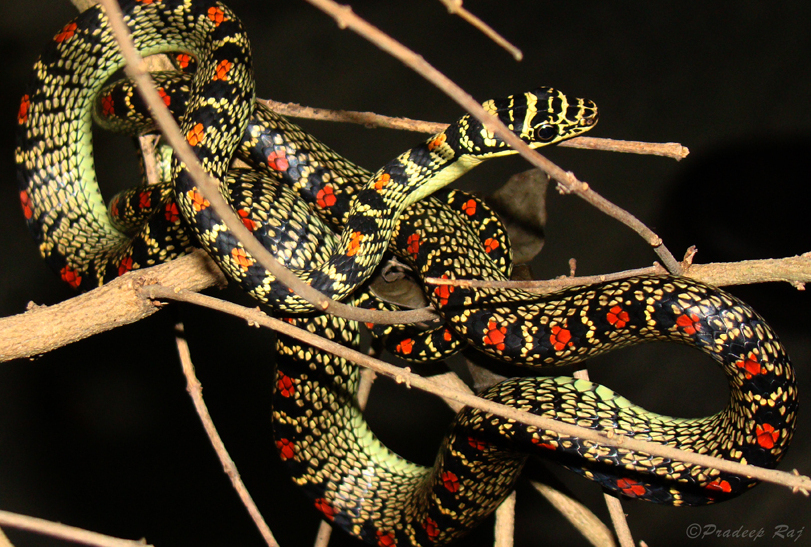
The physical characteristics of a snake’s scales significantly influence its susceptibility to ectoparasites like mites and ticks. Species with tightly overlapping scales and fewer interscalar spaces typically provide fewer attachment sites for external parasites compared to those with more loosely arranged scales. Desert-adapted species often possess smooth, tightly arranged scales that not only conserve water but incidentally create fewer hiding places for ectoparasites. Conversely, arboreal species like many vine snakes (Ahaetulla spp.) and tree boas frequently have keeled scales with more pronounced texture and spacing that can harbor mites more readily. The presence of specialized scale structures, like the heat-sensing pits in vipers and pythons, can also create additional vulnerable areas where parasites may attach and feed with less mechanical disruption.
Social Behavior and Parasite Transmission
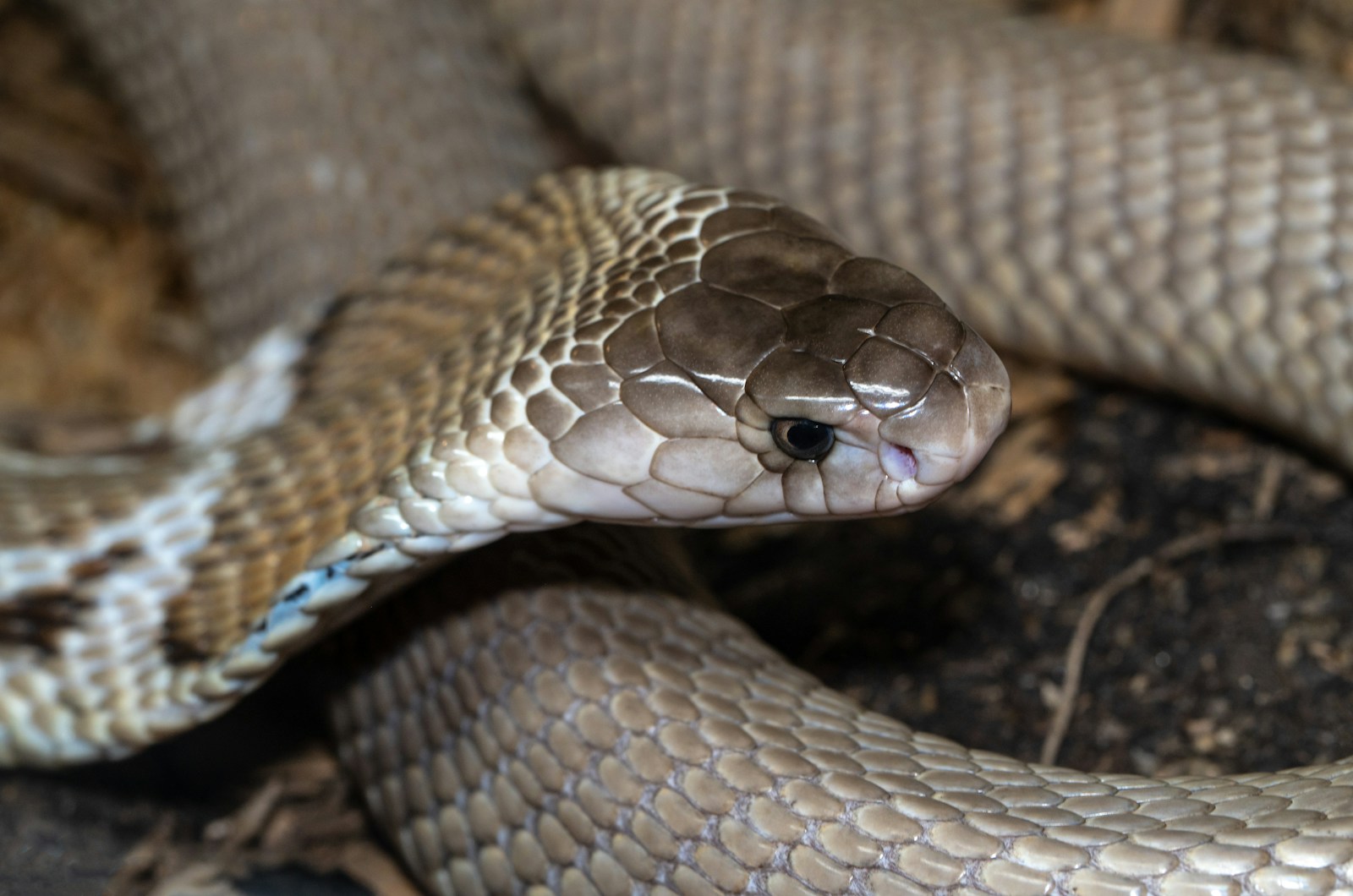
While snakes are generally considered solitary creatures, variations in their social behaviors significantly impact parasite transmission dynamics. Species that aggregate seasonally for mating, hibernation (brumation), or giving birth experience increased opportunities for direct parasite transmission during these periods of close contact. Rattlesnakes (Crotalus spp.) and garter snakes (Thamnophis spp.), which often form large communal hibernacula, show higher prevalence of certain directly transmitted parasites compared to more strictly solitary species. The communal use of refuges or burrows, even when not simultaneously occupied, also facilitates parasite transmission as parasites left behind by one individual can transfer to subsequent occupants. These transmission opportunities are particularly important for parasite species that cannot survive extended periods in the external environment and rely on direct host-to-host transfer.
Thermoregulatory Behaviors and Parasite Development
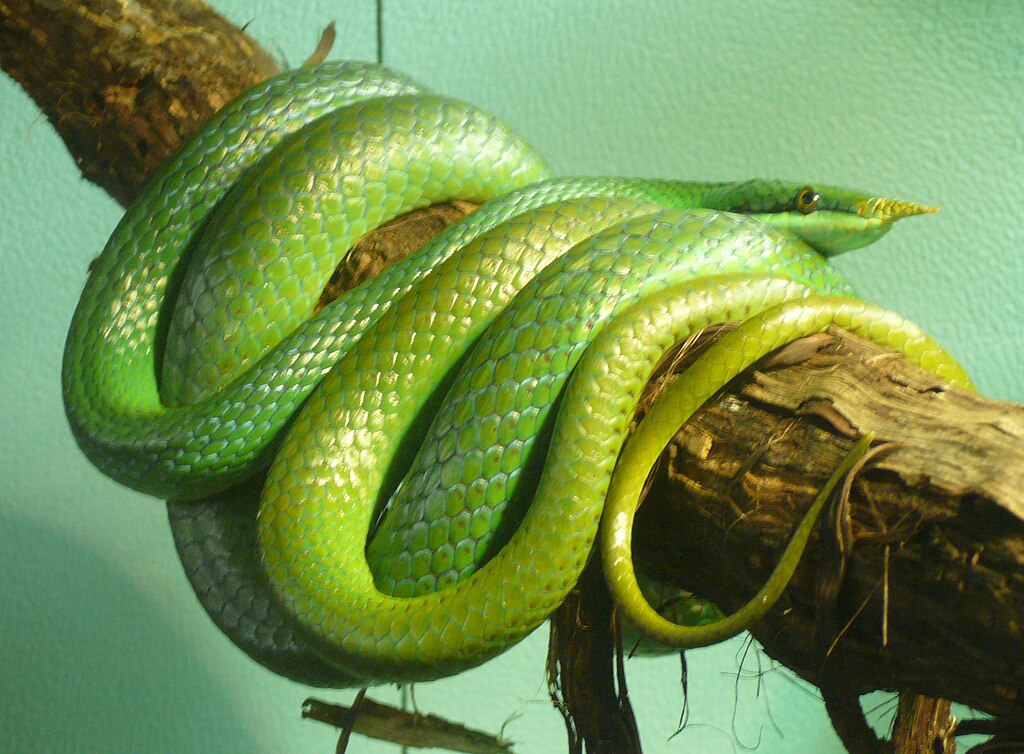
Snakes’ thermoregulatory behaviors significantly influence their parasite burdens by affecting both the snake’s immune response and the parasites’ development rates. Species that bask frequently at higher temperatures may create internal environments where certain temperature-sensitive parasites cannot thrive, effectively using behavioral fever as a defense mechanism. Conversely, species that maintain lower preferred body temperatures may provide ideal conditions for parasites with lower developmental temperature thresholds. Research has demonstrated that some snake species intentionally raise their body temperature when infected with certain parasites, a form of behavioral fever that helps combat the infection. The effectiveness of this strategy varies by species, with some snakes showing more pronounced behavioral responses to infection than others, potentially explaining differences in parasite resistance among species with different thermoregulatory patterns.
Body Size and Parasite Load Capacity

A snake’s body size correlates significantly with its ability to tolerate parasite loads without suffering severe health consequences. Larger snake species typically can harbor more parasites before experiencing clinical disease compared to smaller species, partly due to having greater physiological reserves and proportionally smaller impacts from individual parasites. This size-dependent tolerance explains why smaller species like ring-necked snakes (Diadophis punctatus) may show more severe clinical signs with relatively lower parasite burdens compared to large constrictors like pythons and boas. Additionally, larger snakes often have longer lifespans, potentially allowing them to develop more robust acquired immunity against parasites they encounter repeatedly throughout their lives. However, larger species may also provide more diverse microhabitats within their bodies for different parasite species to exploit, potentially increasing the diversity, if not always the clinical impact, of their parasite communities.
Reproductive Strategies and Maternal Transfer
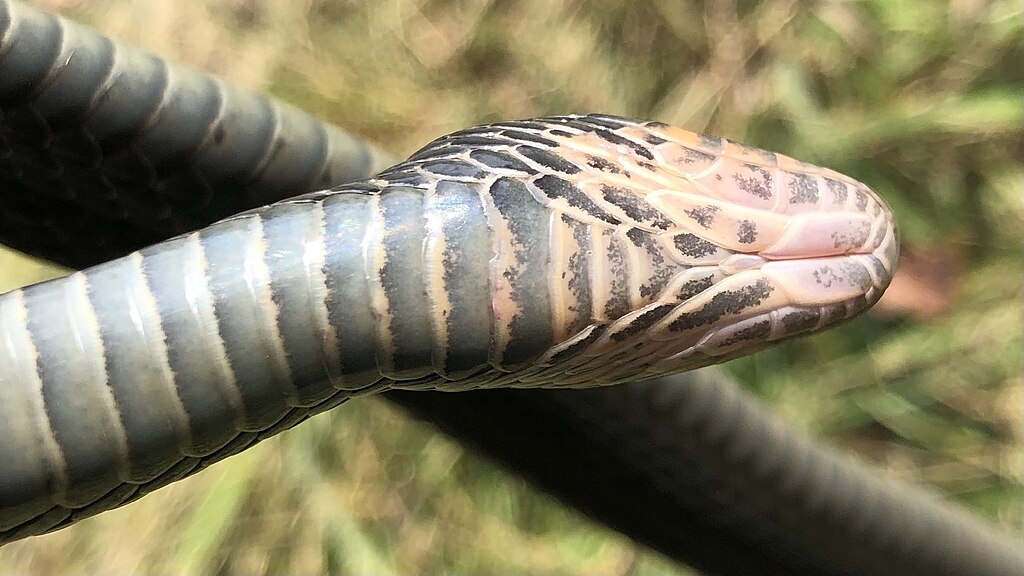
The reproductive strategy employed by different snake species influences their parasite susceptibility in multiple ways. Viviparous (live-bearing) species have increased risk of vertical parasite transmission from mother to offspring compared to oviparous (egg-laying) species. Several blood parasites, including certain hemogregarines and microfilariae, can transfer directly from mother to developing embryos in viviparous species like many vipers and boas. Oviparous species may provide some protection to their offspring through the physical barrier of the eggshell, which prevents certain parasites from reaching the developing embryo. Additionally, the reproductive frequency varies among snake species, with some producing offspring annually while others reproduce less frequently, affecting how quickly parasites can spread through populations via vertical transmission. These reproductive differences partially explain why certain parasites show higher prevalence in lineages dominated by viviparous reproduction.
Skin Shedding Frequency and Ectoparasite Control
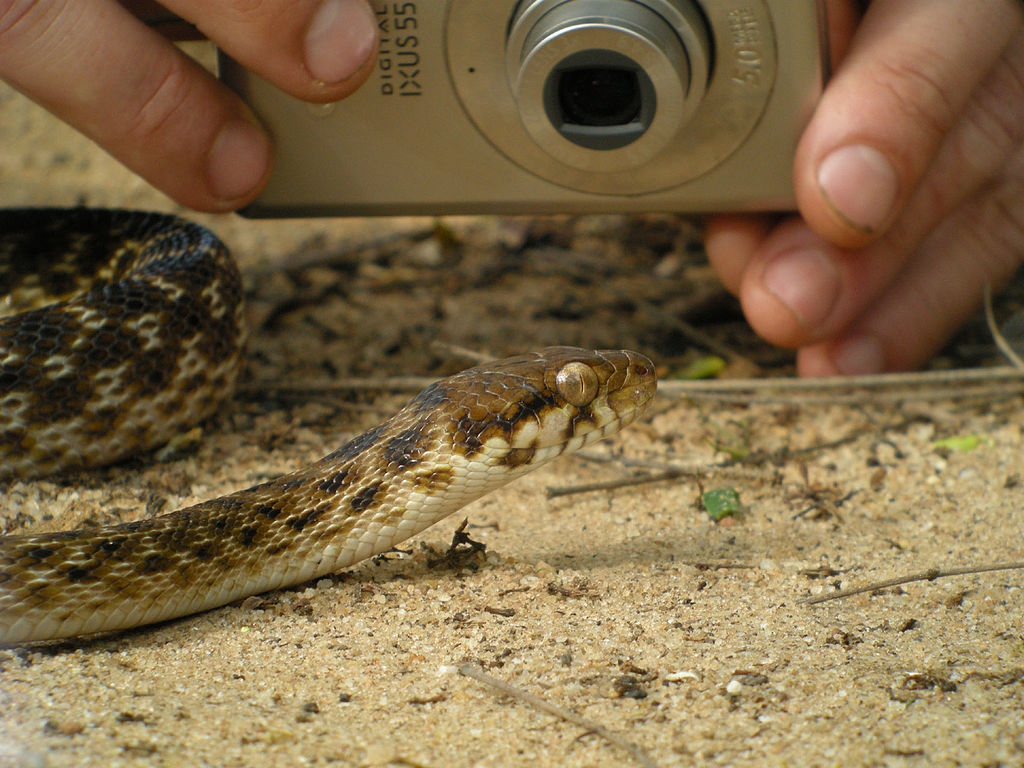
The frequency at which snakes shed their skin (ecdysis) serves as a natural defense mechanism against ectoparasites, with significant variation across species. Species that shed more frequently, such as rapidly growing juveniles or tropical species in consistently humid environments, can more effectively eliminate attached ectoparasites like mites and ticks during the shedding process. Conversely, species adapted to arid environments typically shed less frequently, potentially allowing external parasites more time to feed and reproduce before being removed. The completeness of shedding also varies among species, with some consistently shedding in one complete piece while others, particularly those with specialized scale structures, more frequently experience incomplete or patchwork shedding that may leave some parasites attached. These differences in shedding patterns partially explain the varying susceptibility to devastating mite infestations observed between tropical and desert-adapted species in captivity.
Captivity-Induced Vulnerability
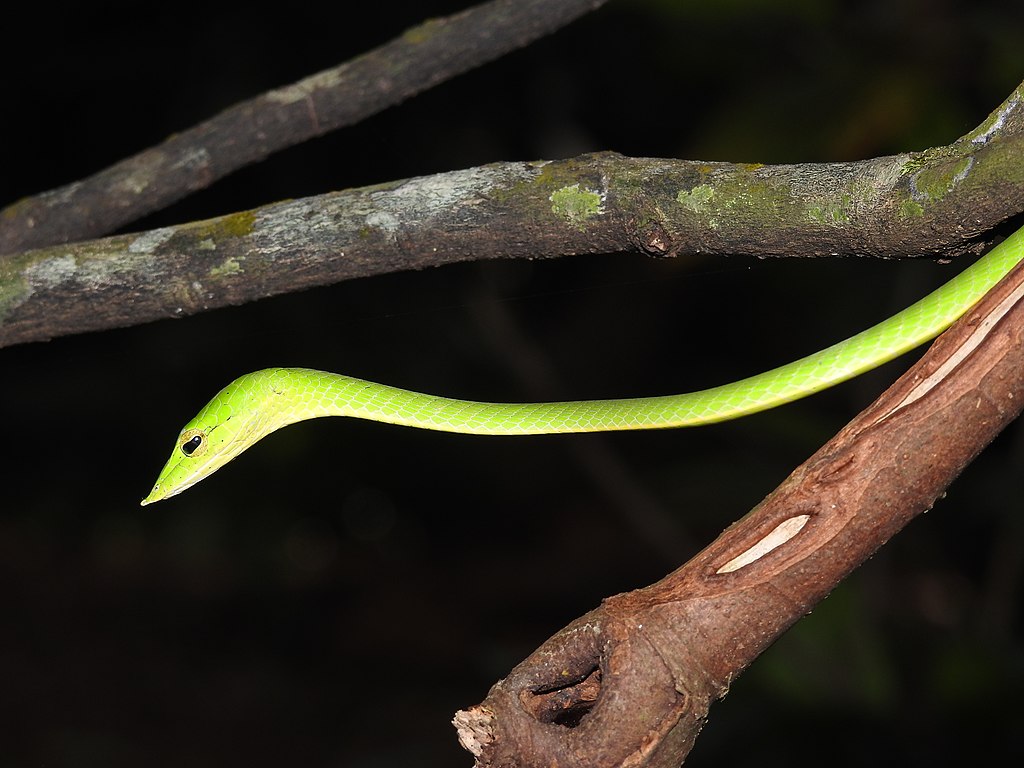
The artificial conditions of captivity dramatically alter parasite dynamics for many snake species, revealing susceptibility patterns that may not be apparent in wild populations. Species that naturally range across large territories or have specialized microhabitat requirements often experience greater physiological stress in captivity, potentially compromising their immune function and increasing parasite susceptibility. The close proximity of multiple individuals and species in captive collections facilitates parasite transmission beyond what would occur naturally, exposing species to novel parasites they may have no evolutionary defenses against. Additionally, constant ambient temperatures in many captive settings eliminate the ability of snakes to use behavioral fever as a defense mechanism against parasites. These factors help explain why species like ball pythons (Python regius) and emerald tree boas (Corallus caninus), which show relatively low parasite loads in the wild, can experience devastating outbreaks of parasitic infections in captivity.
Climate Change and Shifting Parasite Distributions
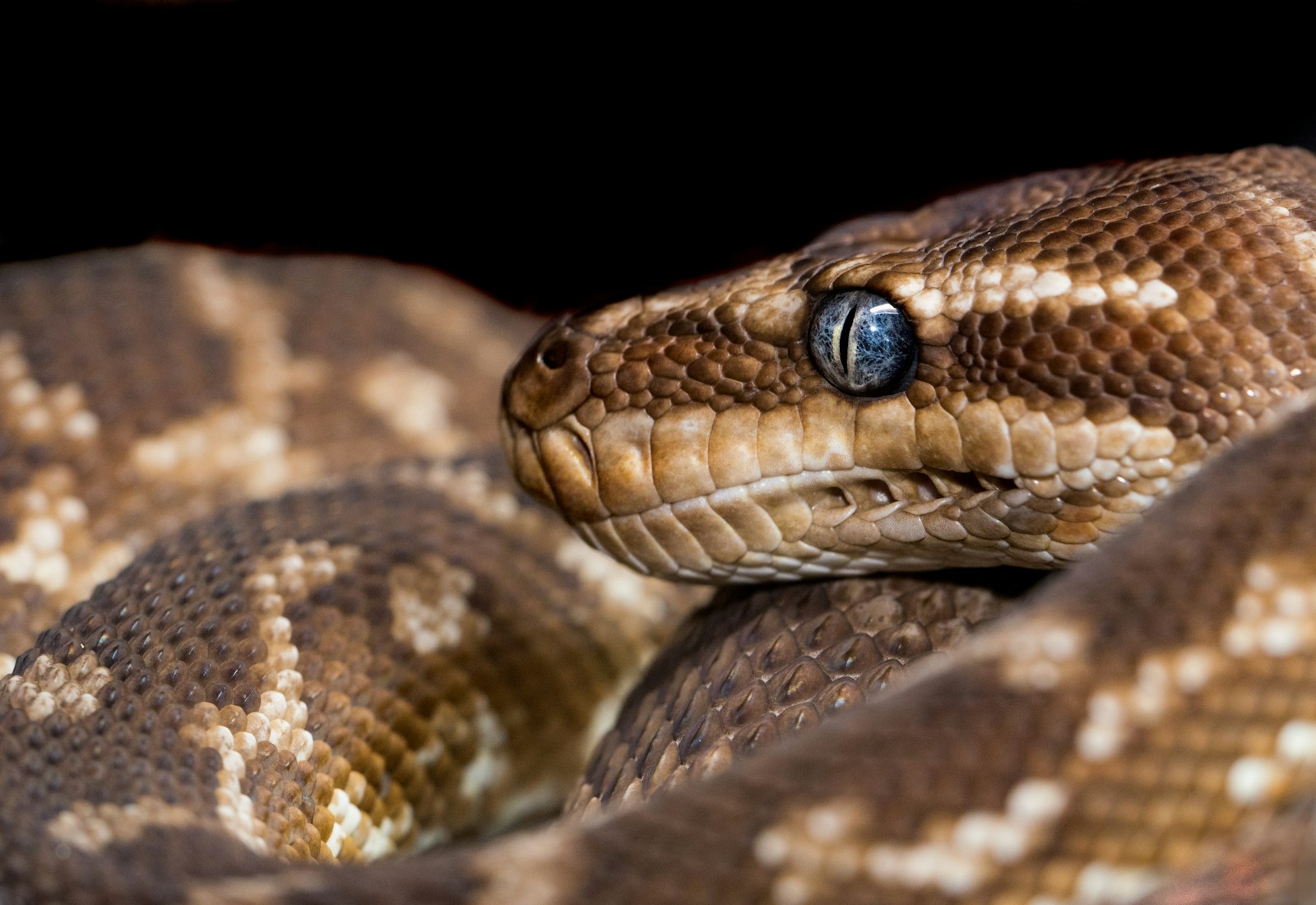
Changing global climate patterns are altering the traditional relationships between snakes and their parasites, revealing previously unrecognized susceptibilities in many species. As temperatures warm, parasites are expanding their ranges into new regions, exposing snake populations to pathogens they have no evolutionary history with and consequently few defenses against. Specialist snake species with narrow thermal tolerances or restricted ranges often cannot shift their distributions as readily as their parasites, potentially increasing their exposure to new or more abundant parasitic threats. Additionally, climate-induced changes in seasonal timing affect both parasite life cycles and snake behaviors like hibernation and breeding, potentially creating novel transmission opportunities. These dynamic changes explain why some previously resilient snake species now show increasing parasite burdens and associated health impacts, highlighting how susceptibility is not just an intrinsic trait but also a function of rapidly changing ecological relationships.
Conservation Implications of Parasite Susceptibility
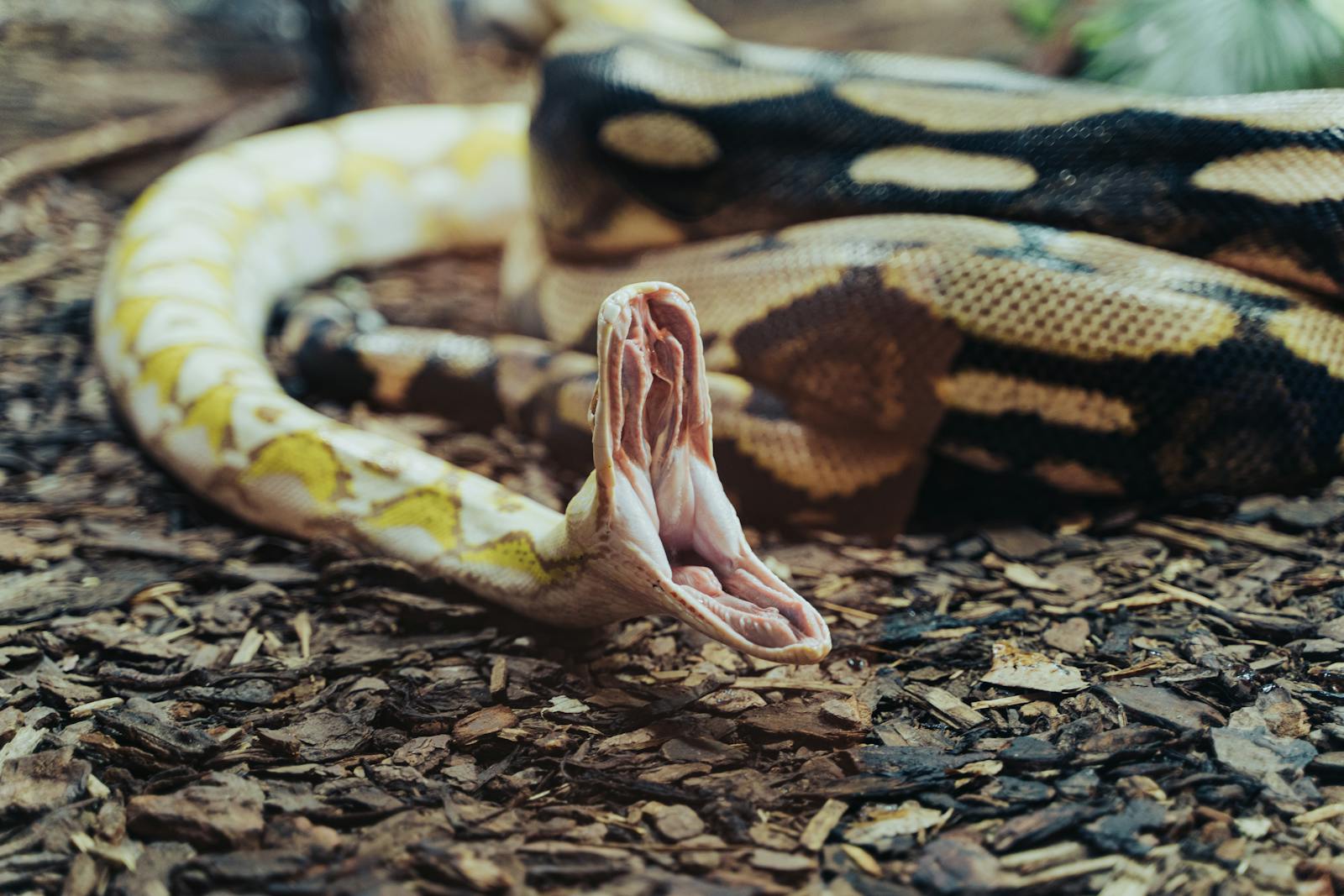
Understanding variable parasite susceptibility among snake species carries crucial implications for conservation efforts worldwide. Highly susceptible species may require specialized management strategies when parasitic infections pose significant threats to population viability, particularly for already endangered species with small population sizes. Conservation breeding programs must carefully consider the parasite resistance profiles of their founding individuals to avoid selecting for increased susceptibility in future generations. For reintroduction programs, the parasite resistance of captive-bred individuals must be evaluated against the parasite communities present at release sites to prevent devastating outbreaks. Furthermore, conservation planning increasingly needs to incorporate parasite dynamics when predicting how species will respond to habitat alterations and climate change, as these factors can shift established host-parasite relationships and potentially accelerate declines in species with higher parasite susceptibility.
In conclusion, the susceptibility of snakes to parasitic infections represents a complex interplay of evolutionary history, ecological factors, physiological traits, and behavioral adaptations. From habitat preferences to immune system capabilities, from scale morphology to reproductive strategies, multiple factors determine why certain snake species face greater parasite burdens than others. As environments change due to human activities and climate shifts, these vulnerability patterns continue to evolve, creating new challenges for snake species worldwide. By understanding these dynamics, researchers, conservationists, and reptile enthusiasts can develop more effective strategies for managing parasite risks in both wild and captive snake populations. This knowledge not only enhances our understanding of snake biology but also contributes to broader ecological principles regarding host-parasite relationships across the animal kingdom.

